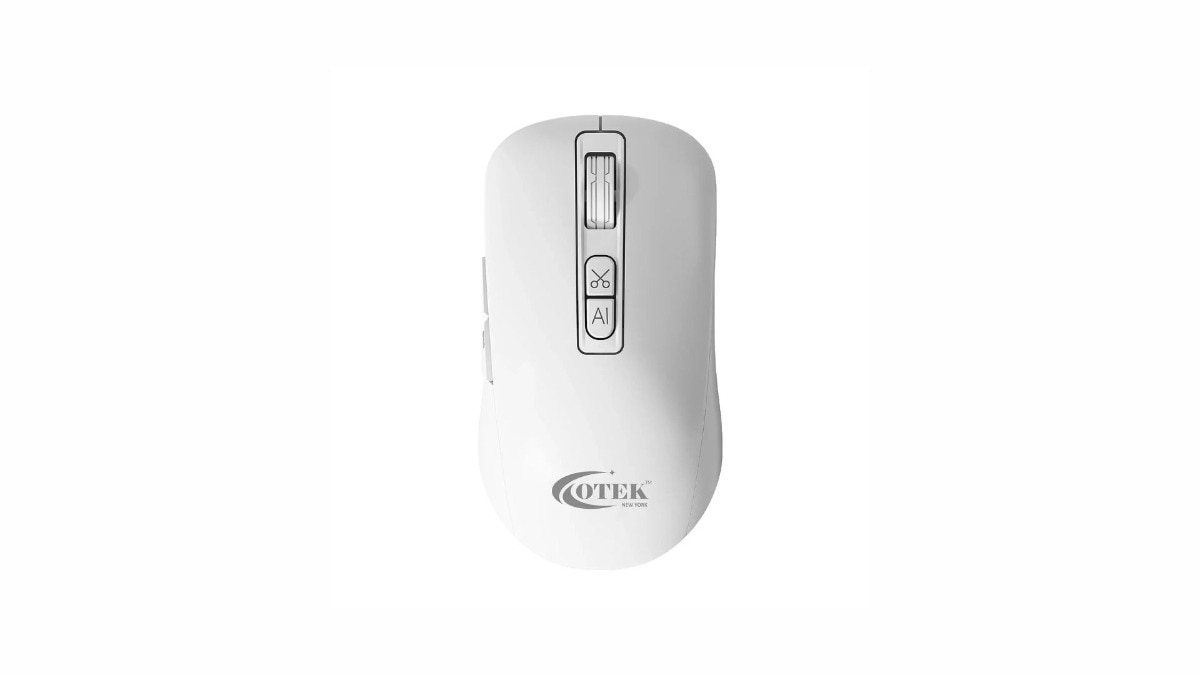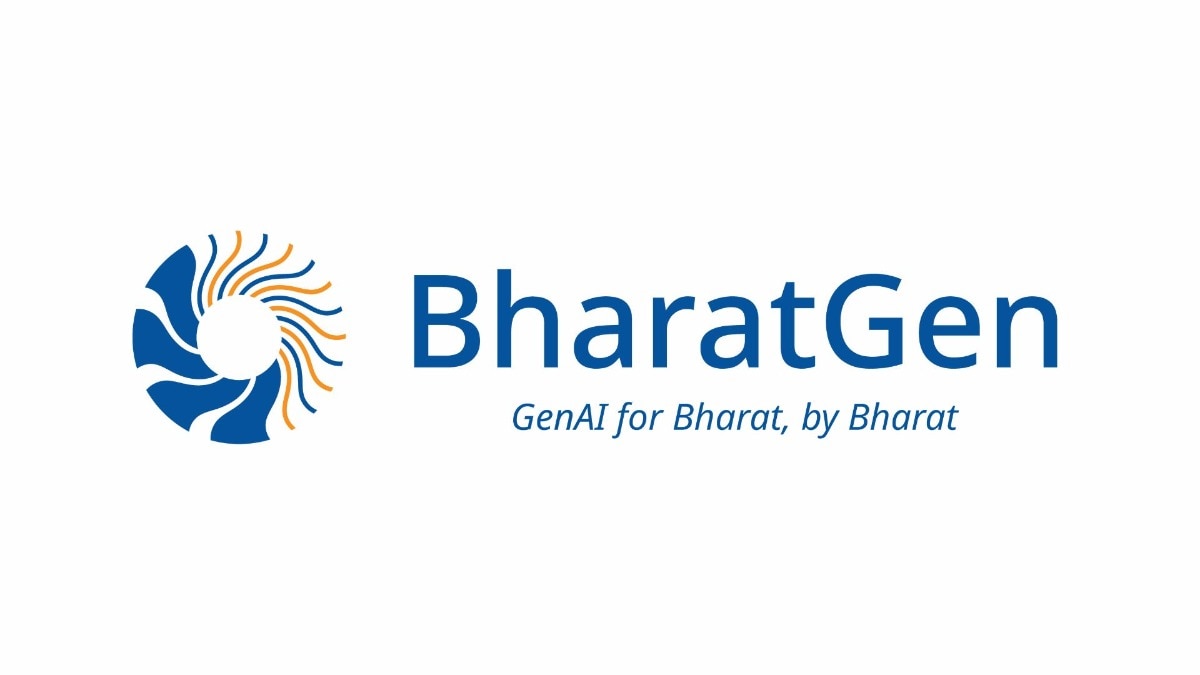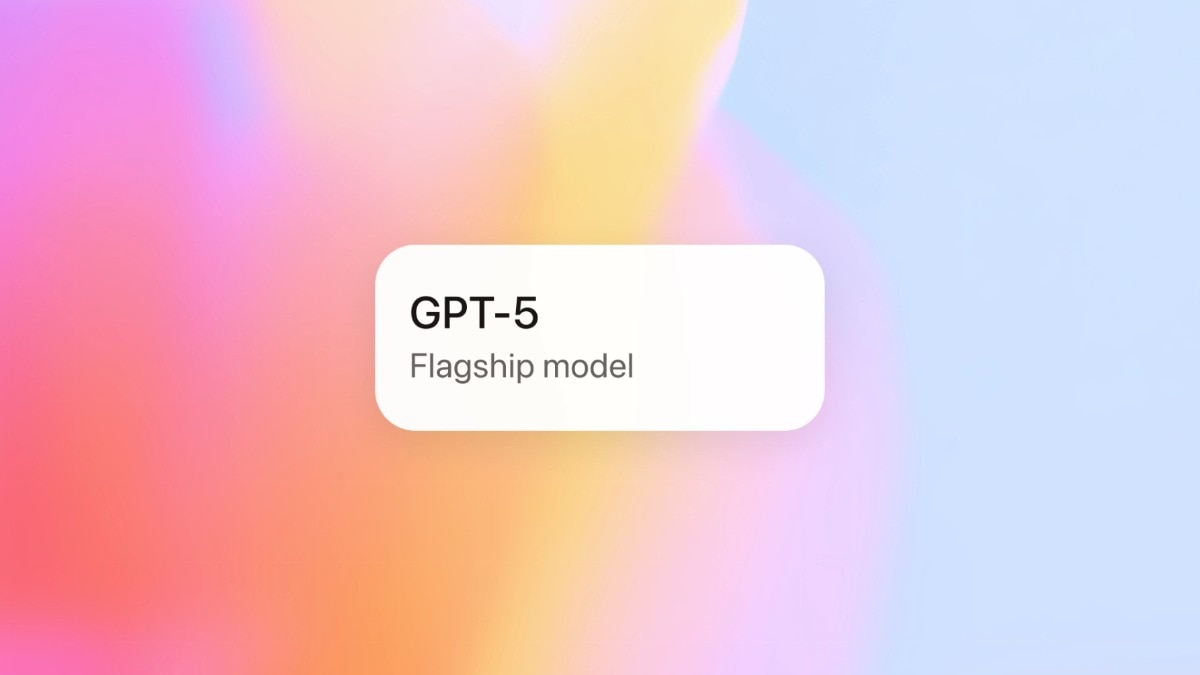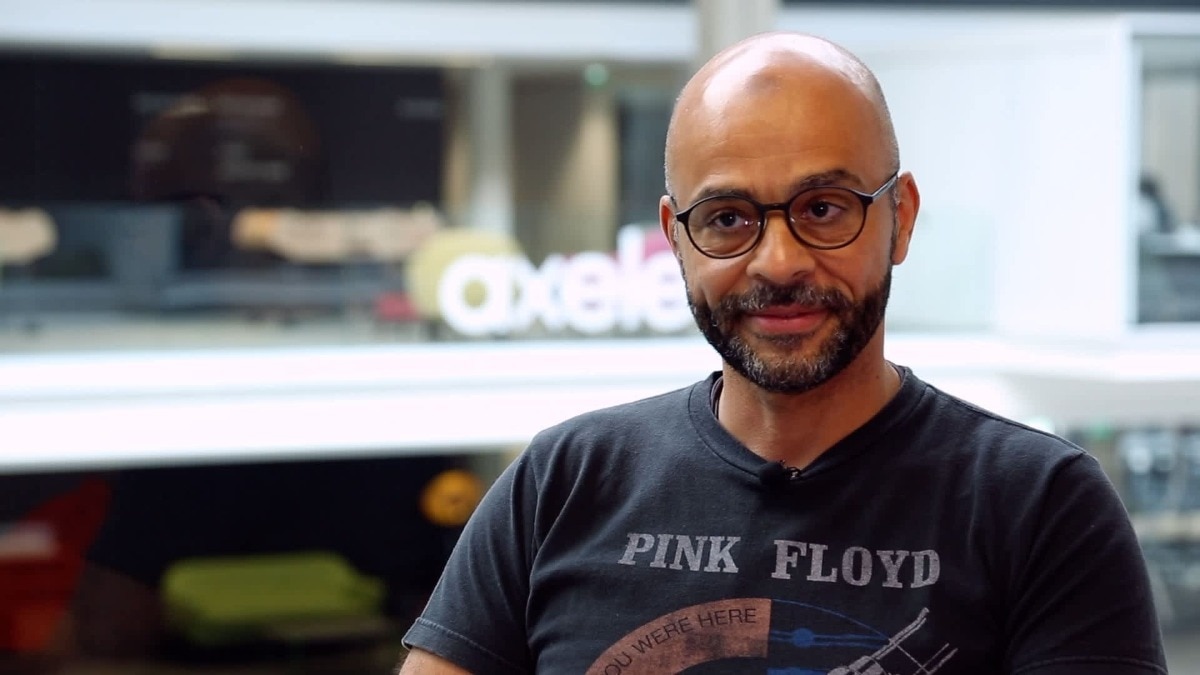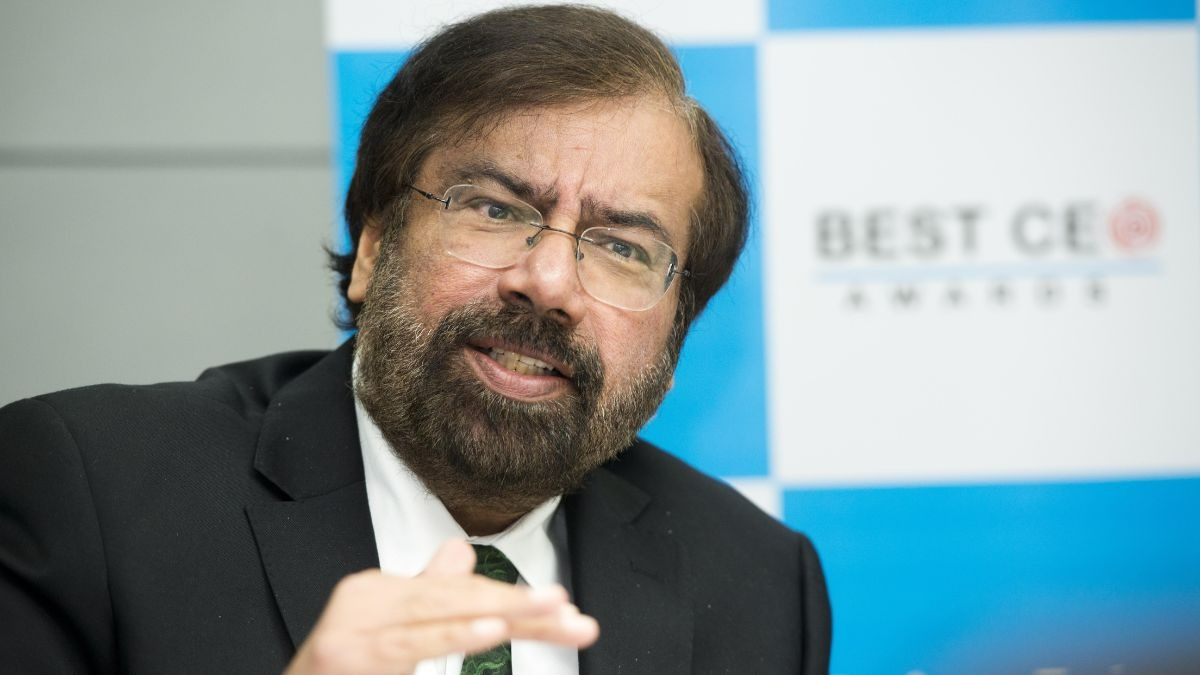Andrew Tulloch: A Key Player in AI Talent Wars
Andrew Tulloch, a prominent figure in the artificial intelligence sector and cofounder of Thinking Machines Lab, has become the focal point of Silicon Valley’s latest high-stakes battle for talent.
Declining a Massive Offer from Meta
Reports from The Wall Street Journal indicate that Tulloch recently turned down an astounding compensation package from Meta, valued at up to $1.5 billion (approximately ₹13,142 crores) over six years, despite his history with the firm and the personal engagement of CEO Mark Zuckerberg.
A Respected Figure in AI
Tulloch is accustomed to attractive offers. As a regarded name in artificial intelligence and cofounder of Thinking Machines Lab, he has developed a career at the centre of several influential AI projects over the last decade. However, the latest proposal he rejected was unprecedented, even for Silicon Valley.
Meta’s Initial Bid
The situation began when Mark Zuckerberg approached Thinking Machines founder Mira Murati with an reported acquisition offer of $1 billion, which she turned down. This prompted a concerted effort to recruit some of her most valuable personnel, with Tulloch at the top of their target list.
Exceptional Compensation Package
Meta’s proposal for Tulloch allegedly included a pay package reaching up to $1.5 billion over six years, encompassing salary, bonuses, and stock awards. For Zuckerberg, securing Tulloch would have represented a high-profile recruitment, while for Tulloch, it would mark a return to familiar ground. Having spent over a decade at Meta, he was instrumental in refining its machine learning capabilities and played a key role in the evolution of PyTorch, now crucial in global AI research.
Career Moves and Recent Developments
Following his departure in 2023, Tulloch joined OpenAI, contributing to the pre-training and reasoning models for GPT-4. He then collaborated with Murati to establish Thinking Machines Lab earlier this year. Despite the magnitude of Meta’s offer and outreach from former colleagues like Alexandr Wang, now leading Meta’s Superintelligence Lab, Tulloch opted to remain with his new venture. Murati later informed Wired that none of her team members accepted Meta’s proposals.
Academic Background and Future Prospects
Tulloch’s academic achievements are impressive alongside his professional accomplishments. He graduated from the University of Sydney with first-class honours and a University Medal in mathematics, holds a Master’s degree from Cambridge, and is working towards a PhD at UC Berkeley. Industry analysts speculate that his choice to stay could be connected to substantial equity in Thinking Machines Lab, which is already valued at over $30 billion.
Meta’s Response
Meta has contested both the figures and the extent of its recruitment initiatives. Spokesperson Andy Stone labelled the reported sums as “inaccurate and ridiculous,” noting that any compensation package would depend on stock performance.
Standing Firm in the AI Talent Race
In the escalating competition for AI talent, Tulloch’s decision is particularly notable as it exemplifies a rare occasion where even an extravagant offer was insufficient in deterring an engineer from pursuing his own vision.


